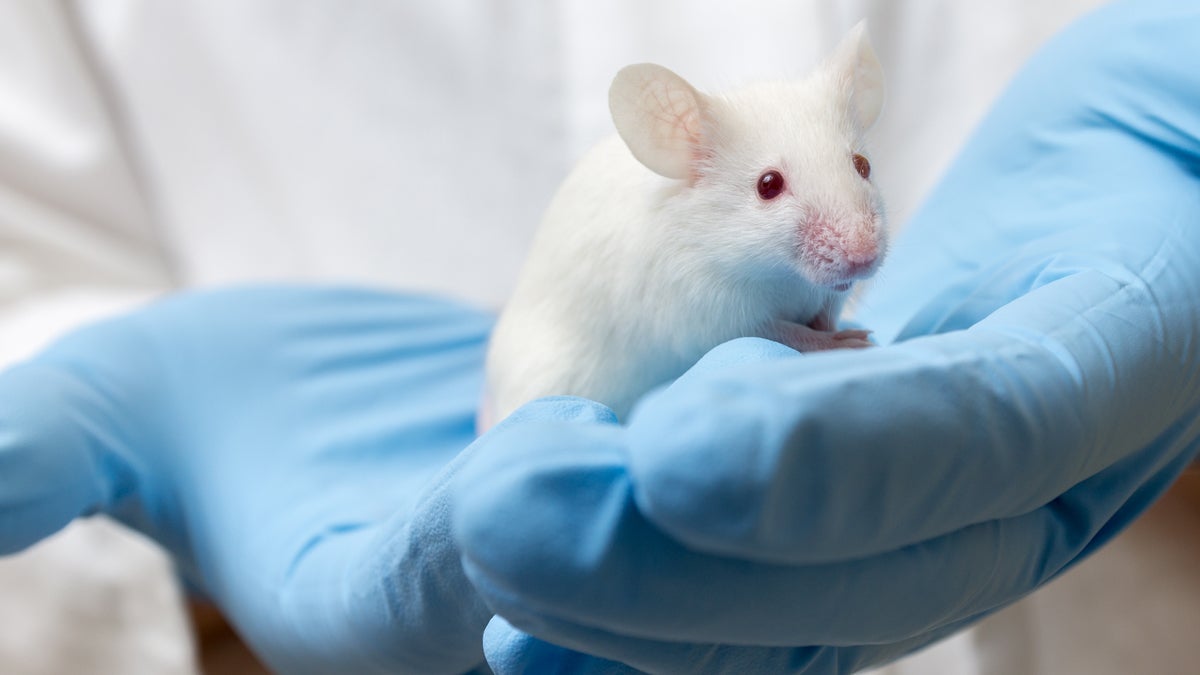Urine screen for Alzheimer’s seems to work in mice

(Photo via ShutterStock)
Urine tests are standard for drug and pregnancy screening, and one day they might also let you know if you’ll develop Alzheimer’s disease.
The science isn’t completely there yet, but researchers at the Monell Chemical Senses Center and Case Western Reserve have taken the first step toward developing a diagnostic for the neurodegenerative disease.
In work published today in the journal Scientific Reports, researchers identified a set of odors in urine that distinguish mice with Alzheimer’s disease from controls.
The odor signature isn’t a new compound that pops up, but instead is a shift in the normal smattering of scents.
“It is always a modulation of the odorants that are present anyway,” said Bruce Kimball, a research chemist with the USDA who is stationed at Monell, and the first author of the work. “When some odorants are upregulated and some are down regulated that gives a unique odor change, and the mice pick up on this quite well.”
Indeed, the first hint that urine might be useful as a biomarker was the fact that normal mice could tell there was something a little bit different about the urine from diseased mice.
More work is needed to find out if similar patterns exist in humans, and whether those could be translated into a screening tool, Kimball said. There is also concern over the utility of such a test, because there are no ways currently to treat Alzheimer’s, and early notice is something many patients might not want.
But the idea of using odors for diagnostics has been gaining momentum. Kimball’s group has previously found different types of inflammation give off unique scents, and is investigating whether his technique can also be applied to traumatic brain injury.
WHYY is your source for fact-based, in-depth journalism and information. As a nonprofit organization, we rely on financial support from readers like you. Please give today.

